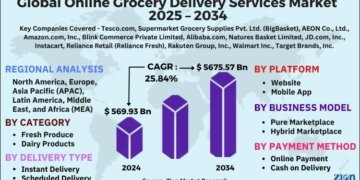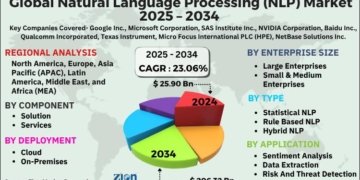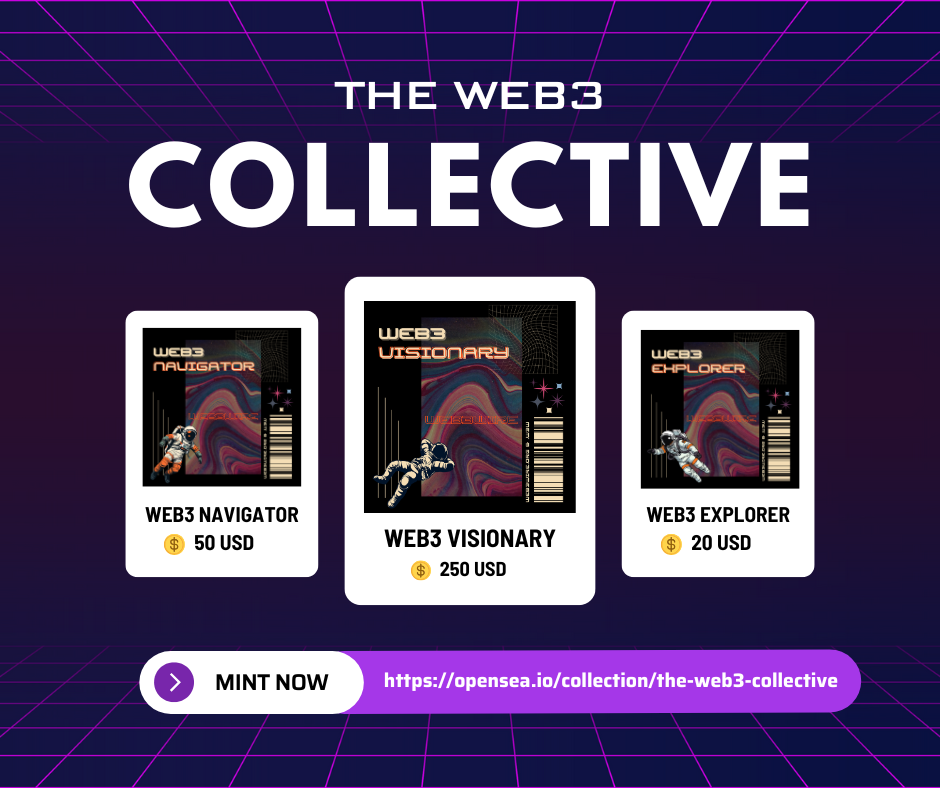“How Will the Sensor Hub Market Grow, and What Is the Projected Market Size?
The market size of the sensor hub has seen a significant surge in the past few years. The projections suggest an increase from $35.7 billion in 2024 to an impressive $43.57 billion in 2025, which corresponds to a compound annual growth rate (CAGR) of 22.1%. Several factors have contributed to this growth in the historic period, including rising demand and awareness among consumers, increased adoption of smart home appliances, advancements in AI and machine learning integration, government-driven initiatives, smart city projects, and the growth of digitalization.
The market for sensor hubs is set for remarkable expansion over the upcoming years and is set to reach a value of $95.55 billion by 2029, growing at a compound annual growth rate of 21.7%. Factors contributing to this predicted growth in the coming years include the expansion of internet access, the growing need for solutions that generate low power, increased use of the internet and data, the evolution of consumer electronics, and increasing urbanization and industrialization. Key trends predicted to shape this period include the introduction of innovative new products, developments in IoT technology, advancements in wireless communication, the early adoption of smart home technology, and strategic business mergers and acquisitions.
What Key Elements Are Boosting Growth in the Sensor Hub Market?
The surge in appeal for digitalization is anticipated to stimulate the sensor hub market’s expansion. Digitalization involves employing digital technologies to reform business models, paving the way for new opportunities for profit-making and value addition. The escalation in digitalization can be credited to innovative populations, transparency, automation, minimization of human errors, and betterment of operations. Sensor hubs cater to the needs of sensor integration, data processing, and efficient management necessary for the construction of advanced digital products, services, and IoT systems. As an example, in October 2023, the Australian Bureau of Statistics, a government entity based in Australia, reported that from 2021 to 2022, Australia’s digital activity skyrocketed by 8.6%, amounting to $10.9 billion, while the entire Australian economy noted a boost of 11.7%. In 2021-22, all sectors involved in digital activity witnessed growth. Notably, e-commerce retail experienced an impressive hike of 12.6% in 2021-22, on the heels of an enormous increase of 41.8% in the prior year. Consequently, the growing appeal of digitalization is fueling the sensor hub market’s growth.
Get Your Free Sample Now – Explore Exclusive Market Insights:
https://www.thebusinessresearchcompany.com/sample.aspx?id=17251&type=smp
Who Are the Major Industry Players Fueling Sensor Hub Market Expansion?
Major companies operating in the sensor hub market are Robert Bosch GmbH, Intel Corporation, Broadcom Limited, Qualcomm Technologies Inc., Infineon Technologies AG, STMicroelectronics N.V., TE Connectivity Ltd., NXP Semiconductors N.V., TDK Corporation, Renesas Electronics Corporation, Microchip Technology Inc., Marvell Technology Group Ltd., Rohm Co. Ltd., Imagination Technologies Limited, Bosch Sensortec GmbH, Hillcrest Labs, Memsic Inc., Montronix GmbH, LAPIS Semiconductor Co. Ltd., Omega Engineering
Which Key Developments Are Influencing the Sensor Hub Market?
Key players in the sensor hub market are producing kits for IOT sensor engineering using printed electronics methodologies. These kits, consisting of tools and components, are designed to assist engineers, researchers, and enthusiasts in creating and prototyping IoT sensors using printed electronics. For instance, in February 2023, the multinational chemical and consumer goods company Henkel, based in Germany, unveiled the Henkel Qhesive Solutions Sensor INKxperience Kit. This kit highlights Henkel ‘s groundbreaking inks for smart product applications. It incorporates four principal technologies such as, a leak detection sensor, a non-contact liquid level sensor, a positive temperature coefficient (PTC) heater, and single and multi-zone force sensitive resistors (FSR). The component, complete with hardware and software for quick data retrieval, offers convenience in designing, prototyping, and engineering cutting-edge IoT sensors.
How Is the Segmentation of the Sensor Hub Market Defined?
The sensor hub market covered in this report is segmented –
1) By Processor Type: Application Sensor Processor, Discrete Sensor Processor, Sensor Integrated Microcontroller, Other Processor Types
2) By Devices: Smart Phones, Tablets, Wearable Devices, Internet Of Things And Connected Devices, Other Devices
3) By Applications: Positioning And Navigation, Health And Fitness, Augmented Reality And Gaming, Activity Monitoring, Voice Command, Gestures Navigations, Other Applications
4) By End-Use Application: Consumer Electronics, Automotive, Industrial, Military, Healthcare, Telecommunications, Other End-Use Applications
Subsegments:
1) By Application Sensor Processor: Multi-Core Application Processors, Low-Power Application Processors
2) By Discrete Sensor Processor: Dedicated Sensor Processing Units, High-Performance Discrete Processors for Sensor Integration
3) By Sensor Integrated Microcontroller: Microcontrollers, Low-Power Microcontrollers
4) By Other Processor Types: Hybrid Processors, Digital Signal Processors (DSPs), System-on-Chip (SoC)
Pre-Book Your Report Now For A Swift Delivery:
https://www.thebusinessresearchcompany.com/report/sensor-hub-global-market-report
What Is the Leading Region in the Sensor Hub Market?
Asia-Pacific was the largest and fastest region in the sensor hub market in 2023. The regions covered in the sensor hub market report are Asia-Pacific, Western Europe, Eastern Europe, North America, South America, Middle East, Africa.
What Is Covered In The Sensor Hub Global Market Report?
– Market Size Analysis: Analyze the Sensor Hub Market size by key regions, countries, product types, and applications.
– Market Segmentation Analysis: Identify various subsegments within the Sensor Hub Market for effective categorization.
– Key Player Focus: Focus on key players to define their market value, share, and competitive landscape.
– Growth Trends Analysis: Examine individual growth trends and prospects in the Market.
– Market Contribution: Evaluate contributions of different segments to the overall Sensor Hub Market growth.
– Growth Drivers: Detail key factors influencing market growth, including opportunities and drivers.
– Industry Challenges: Analyze challenges and risks affecting the Sensor Hub Market.
– Competitive Developments: Analyze competitive developments, such as expansions, agreements, and new product launches in the market.
Unlock Exclusive Market Insights – Purchase Your Research Report Now!
https://www.thebusinessresearchcompany.com/purchaseoptions.aspx?id=17251
“
Contact Us:
The Business Research Company
Europe: +44 207 1930 708
Asia: +91 88972 63534
Americas: +1 315 623 0293
Email: info@tbrc.info
Follow Us On:
•LinkedIn: https://in.linkedin.com/company/the-business-research-company
•Twitter: https://twitter.com/tbrc_info
•YouTube: https://www.youtube.com/channel/UC24_fI0rV8cR5DxlCpgmyFQ
Learn More About The Business Research Company
With over 15000+ reports from 27 industries covering 60+ geographies, The Business Research Company has built a reputation for offering comprehensive, data-rich research and insights. Armed with 1,500,000 datasets, the optimistic contribution of in-depth secondary research, and unique insights from industry leaders, you can get the information you need to stay ahead.
Our flagship product, the Global Market Model (GMM), is a premier market intelligence platform delivering comprehensive and updated forecasts to support informed decision-making.
This release was published on openPR.


















